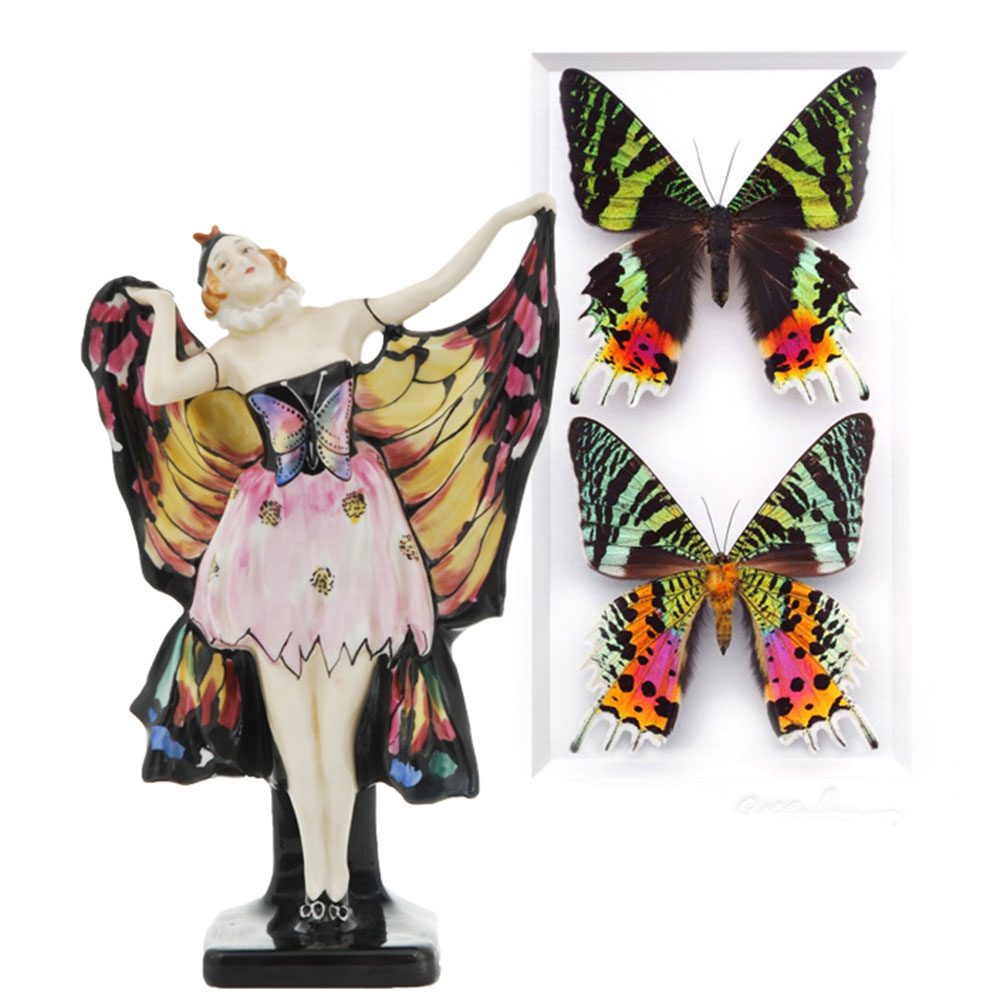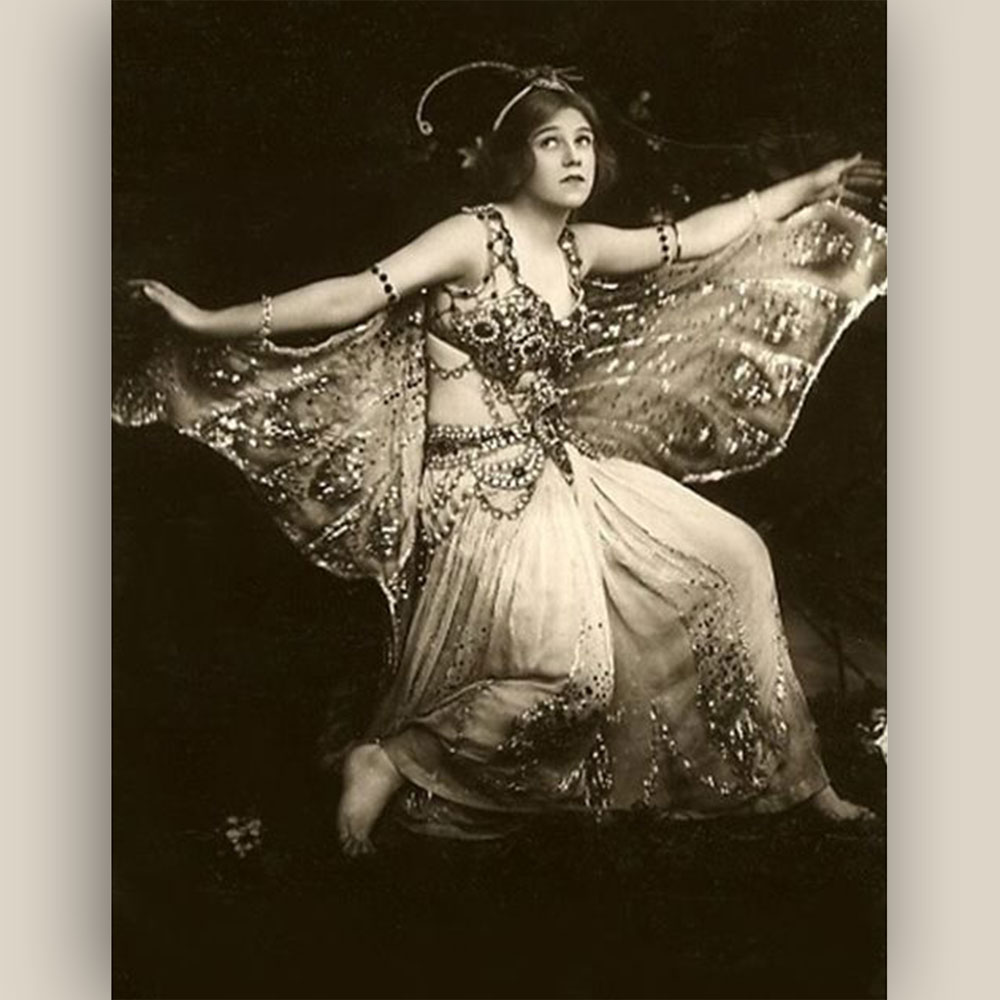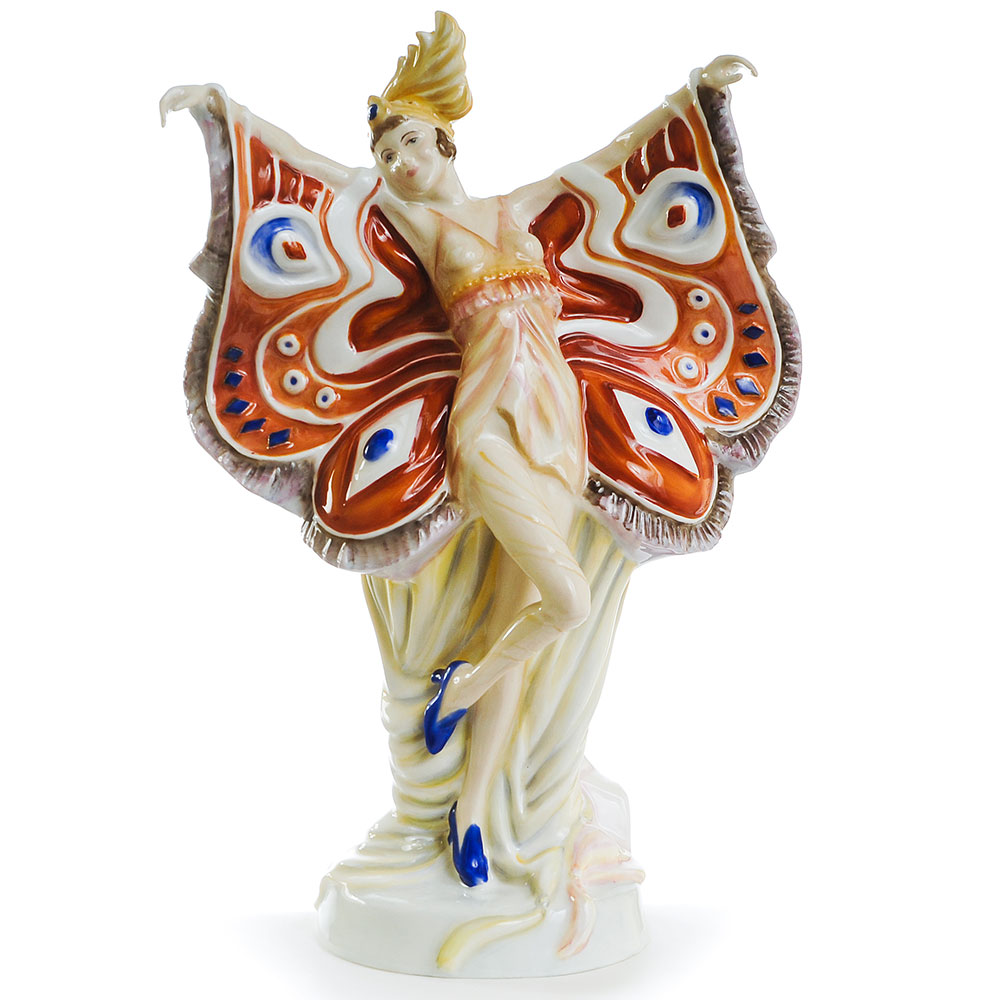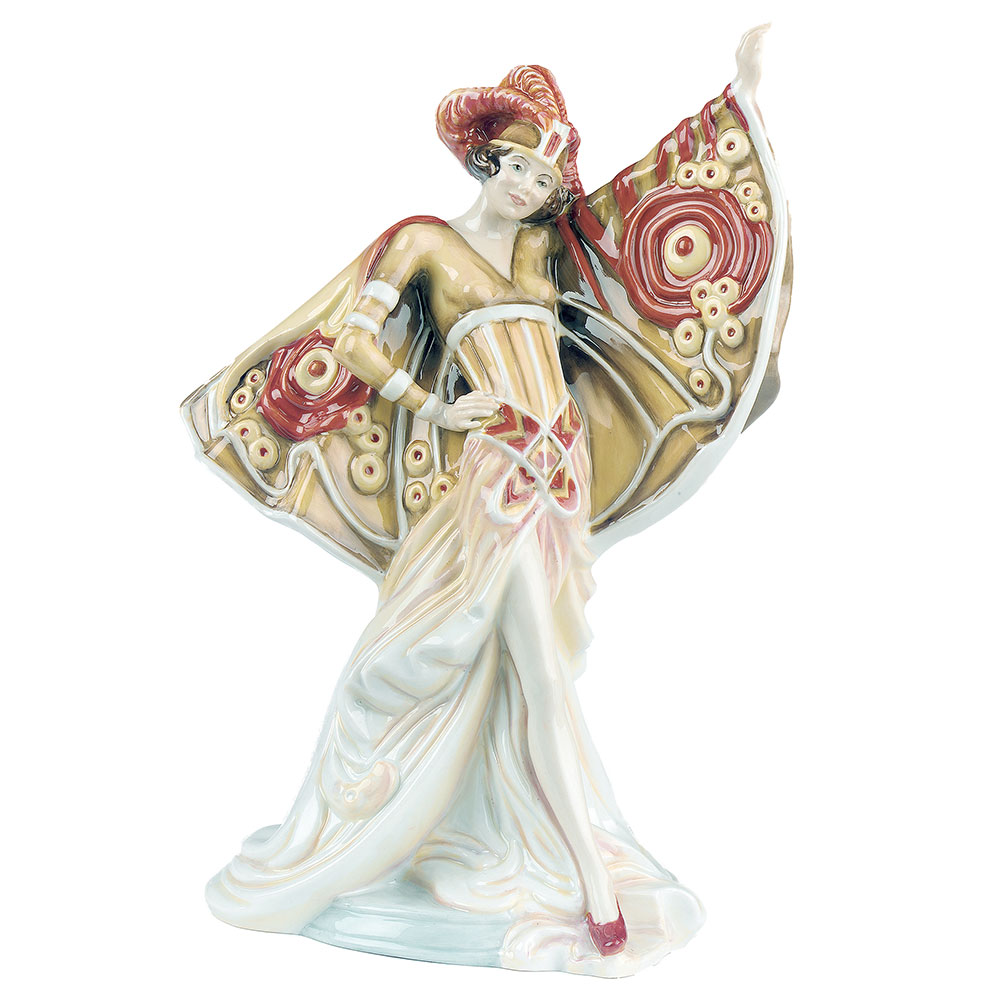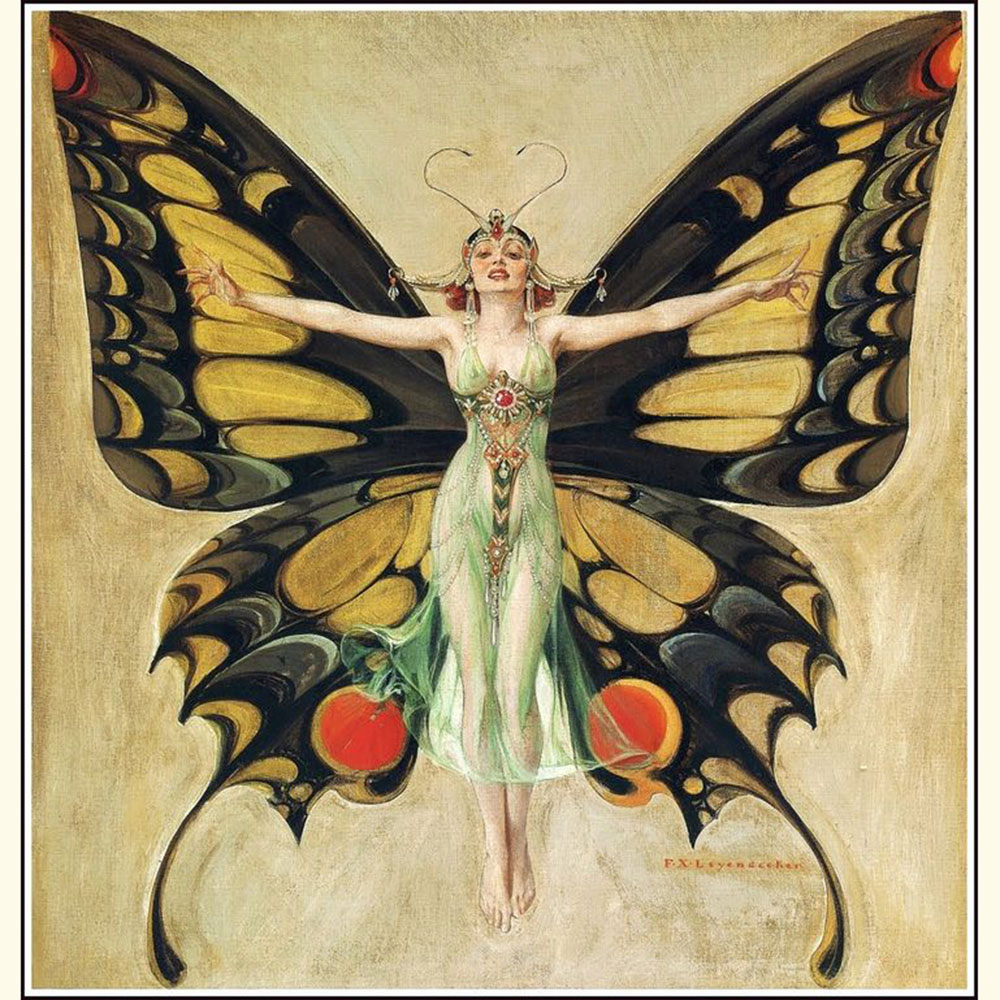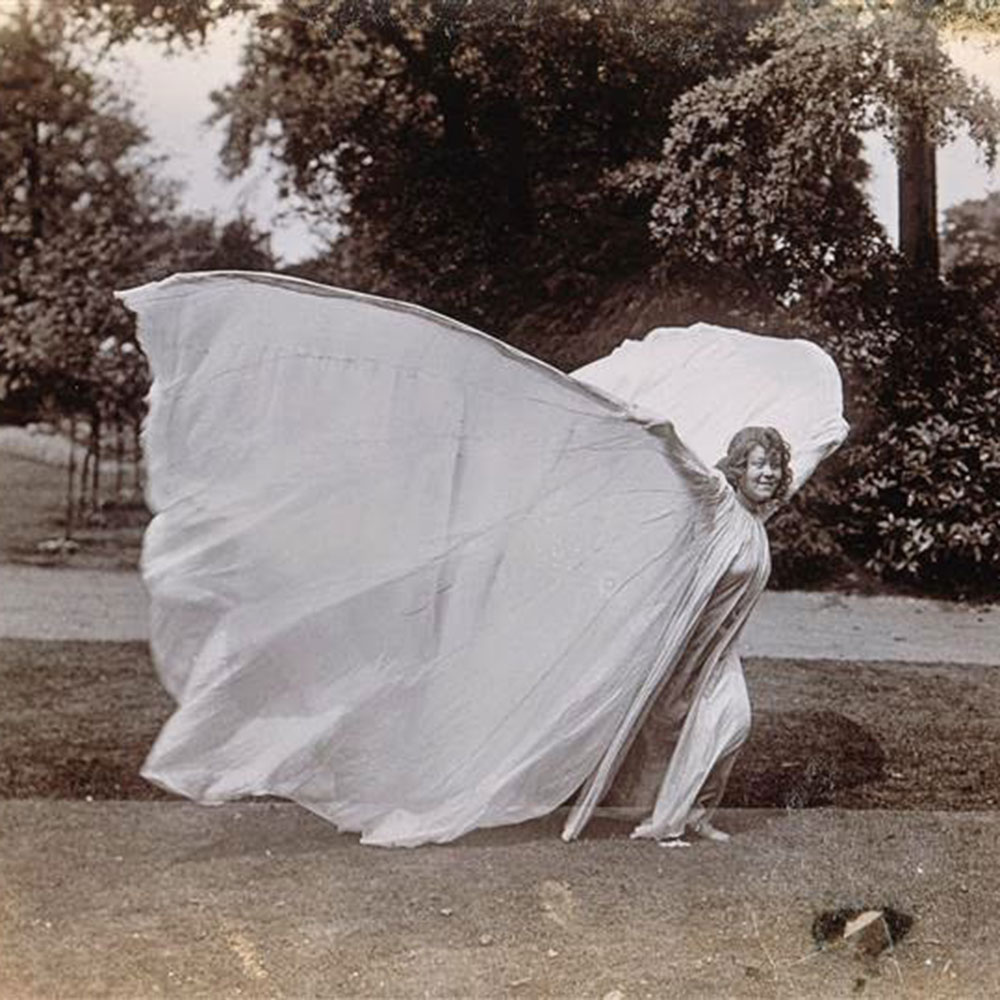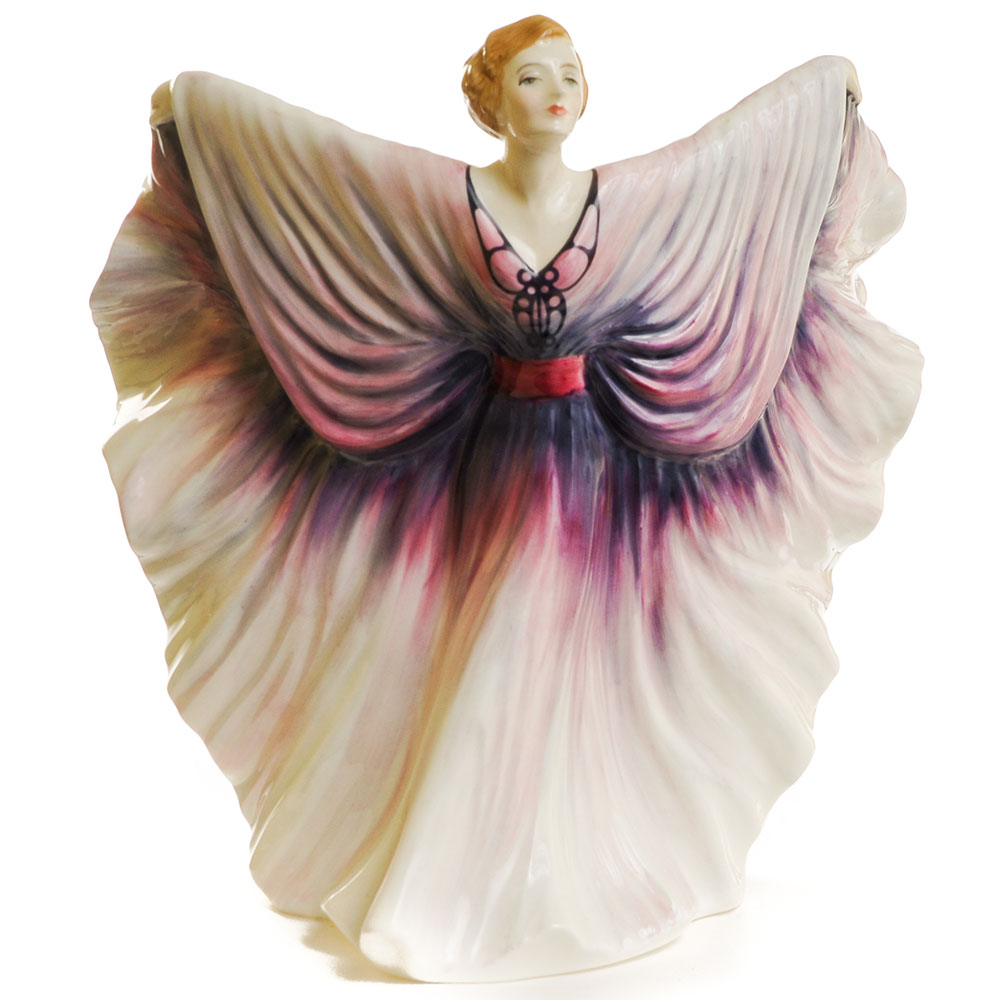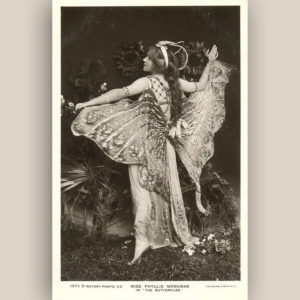
The buzz surrounding the beautiful butterfly art in the Christopher Marley ǀ Biophilia exhibition, which opens on December 5th has inspired us to look at the vogue for butterfly dancing in the early 20th century. While Christopher has preserved the fragile and floating beauty of actual butterflies in his art, many ceramic artists have captured the spirit of the butterfly in exquisite porcelain dancers.
Butterflies have inspired the music and dance of cultures as diverse as Native Americans and early European free dancers. Fanciful butterfly ballets were staged in the late 19th century and became popular interludes in variety stage shows. The Danish ballerina Adeline Genée achieved stardom for her role in Les Papillons in 1900. She was described as “like Dresden china” and her dancing was as a “butterfly on the wing”.
Sixteen-year-old Phyllis Monkman began her career in the musical play Butterflies at the Apollo London in 1908 with the headline “Just out of the chrysalis stage”. Early photographs of butterfly dancers inspired beautiful cabinet cards and their costumes became more and more fantastic for vaudeville revues and burlesque shows, such as the Folies Bergere in Paris and Ziegfeld Follies in New York. The ultimate butterfly dancer was Loie Fuller, whose mesmerizing performances were recorded in the first silent films. Her sensational dances in fin-de-siècle Paris inspired painters, sculptors and porcelain artists, notably at Sèvres and Royal Doulton.
Diaghilev’s Ballet Russes caused a sensation in Europe with their rhythmic dancing, radical choreography, and fantastic costumes. Papillons, first performed in 1914, was set during Carnival with Pierrot dancing among butterflies. The fantastic costumes by Leon Bakst inspired flappers and vamps to metamorphose into butterflies for the masquerade balls of the jazz age. Illustrations of butterfly fashions proliferated in magazines and periodicals, including the cover of Life magazine which featured F. X. Leyendecker’s iconic flapper and W.T. Benda’s sensual butterfly woman. Designs such as these were immortalized exquisitely in porcelain by Art Deco sculptors, notably Leslie Harradine at Royal Doulton and Josef Lorenzl at Goldscheider.
Come and see our beautiful porcelain butterfly dancers and butterfly art from natural specimens in Christopher Marley ǀ Biophilia at WMODA and the Gallery of Amazing Things.
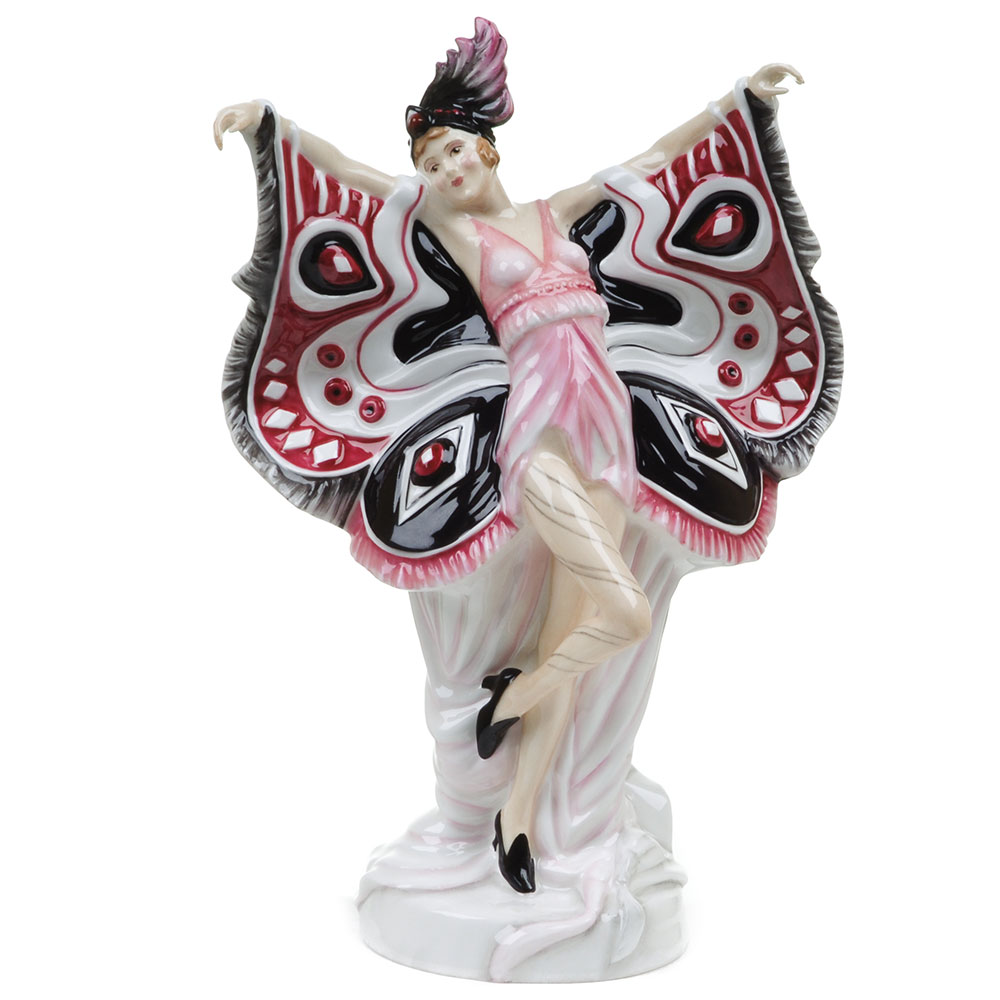
Wiener Museum Peacock
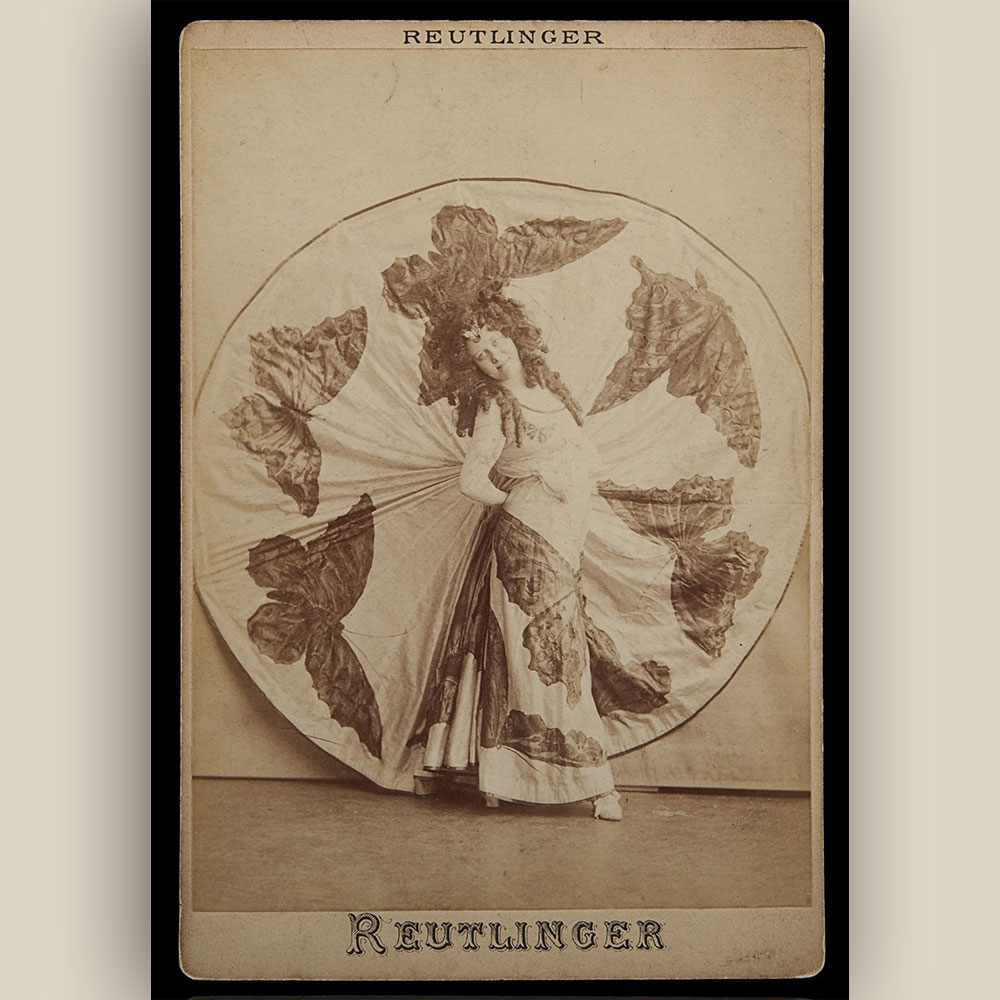
Loie Fuller Butterfly Cabinet Card

Wiener Museum Christopher Marley Biophilia
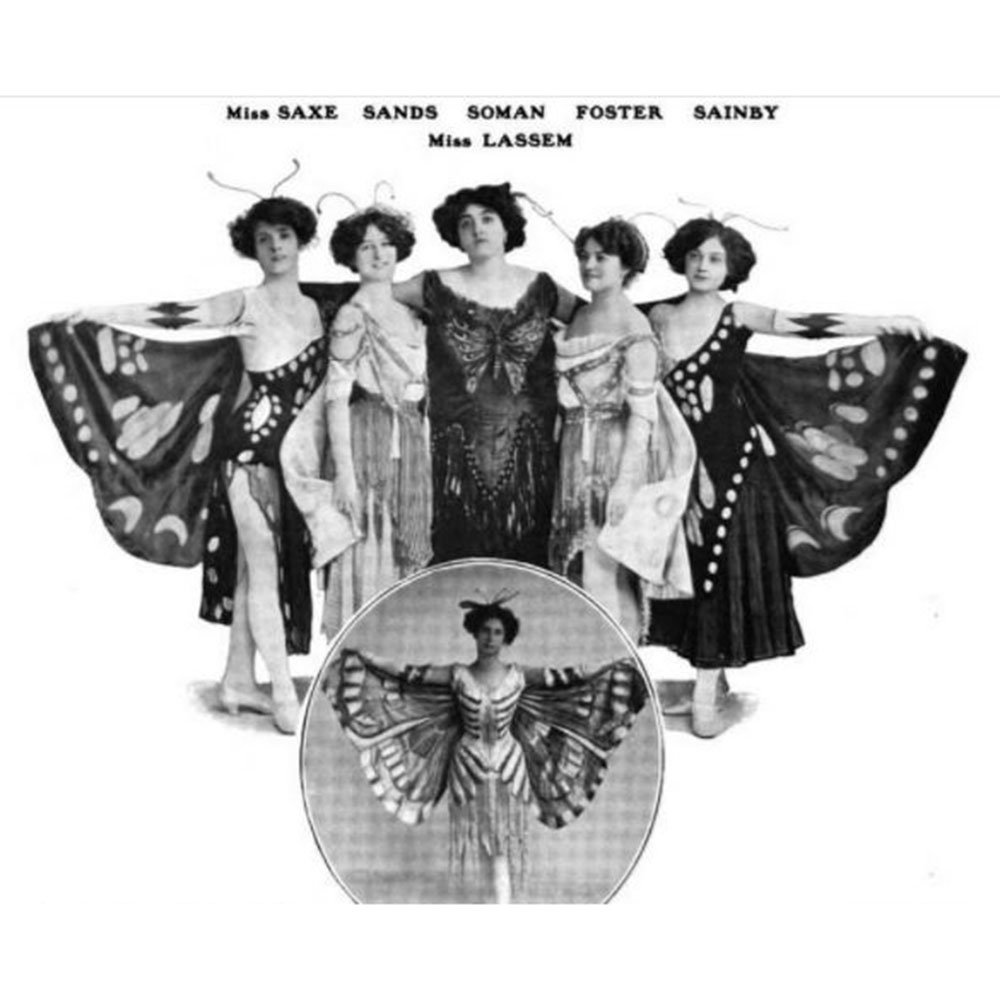
Butterfly Costumes
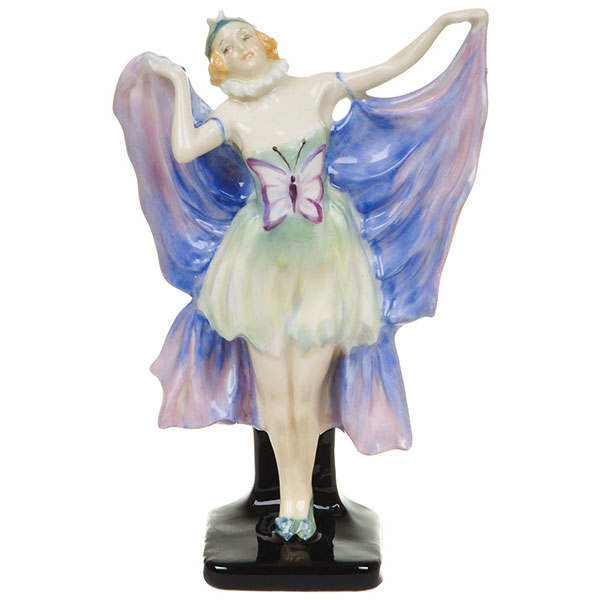
Royal Doulton Butterfly Woman
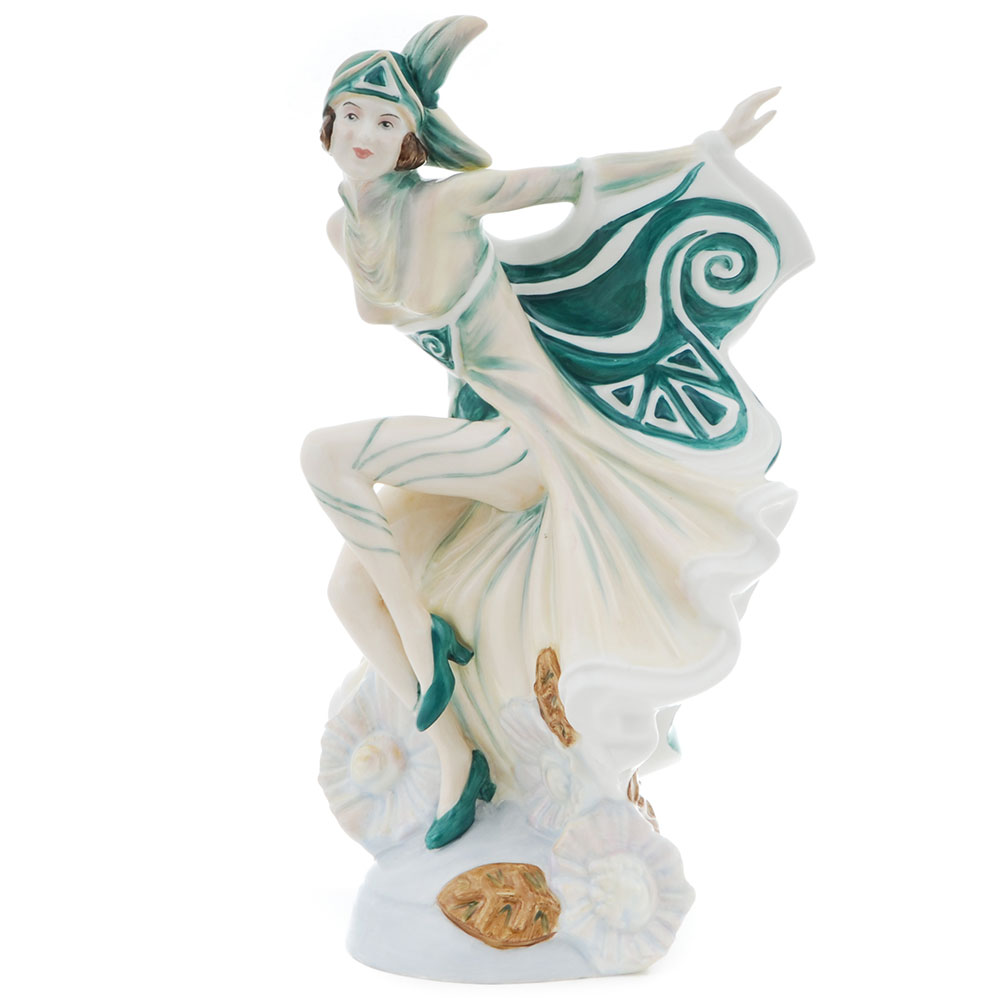
Royal Doulton Holly Blue Colorway Green
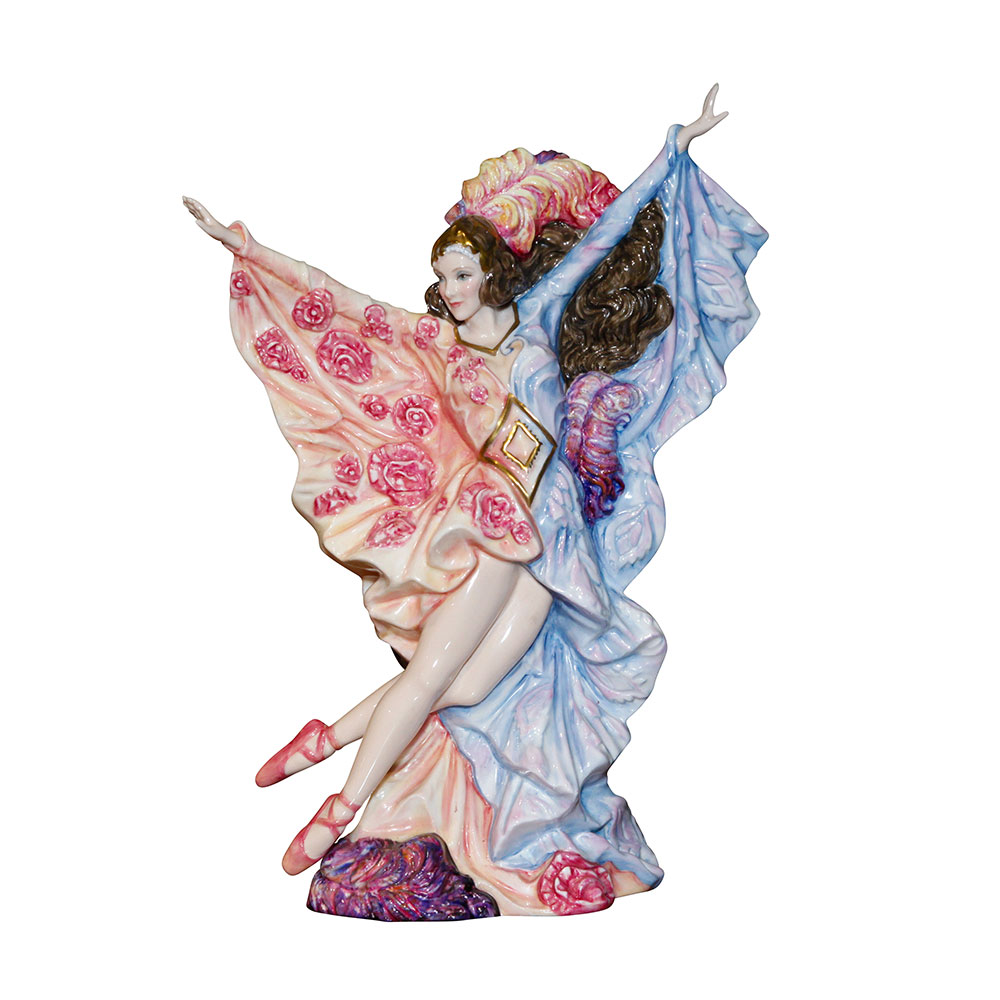
Royal Doulton Dancer
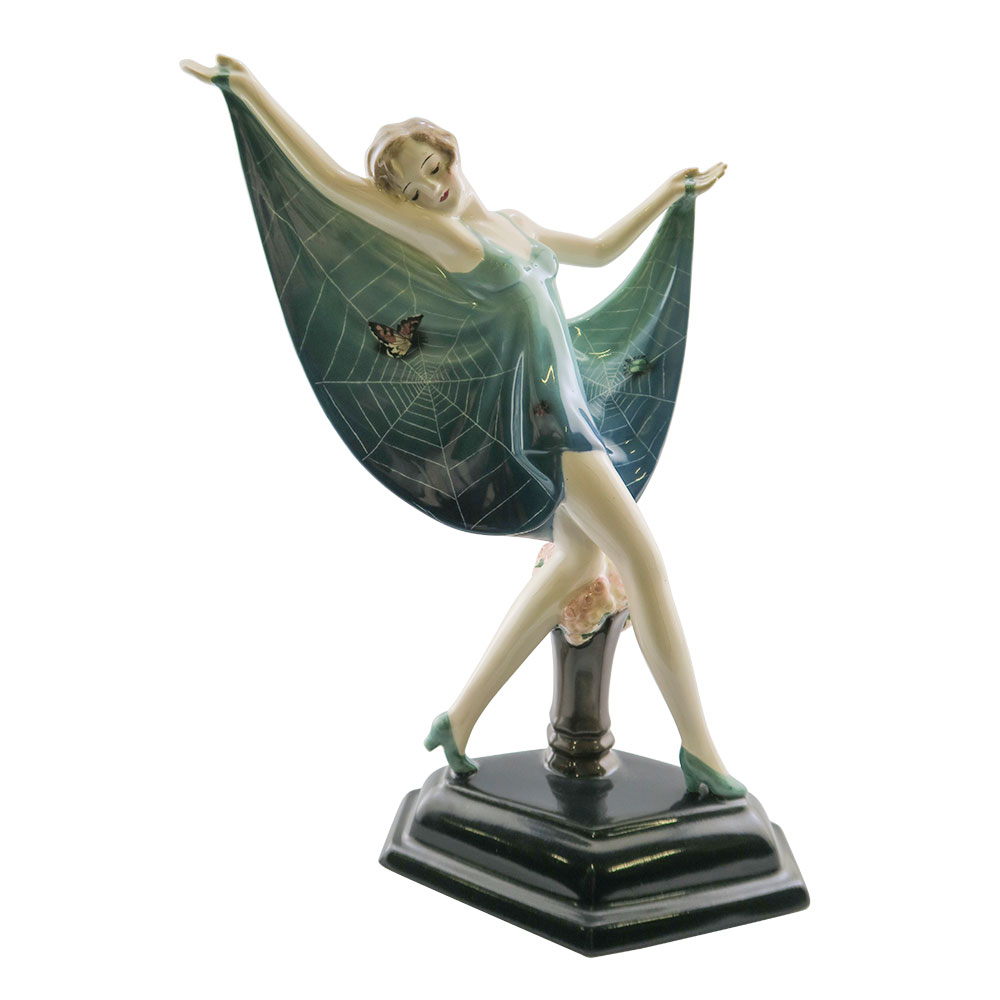
Royal Doulton
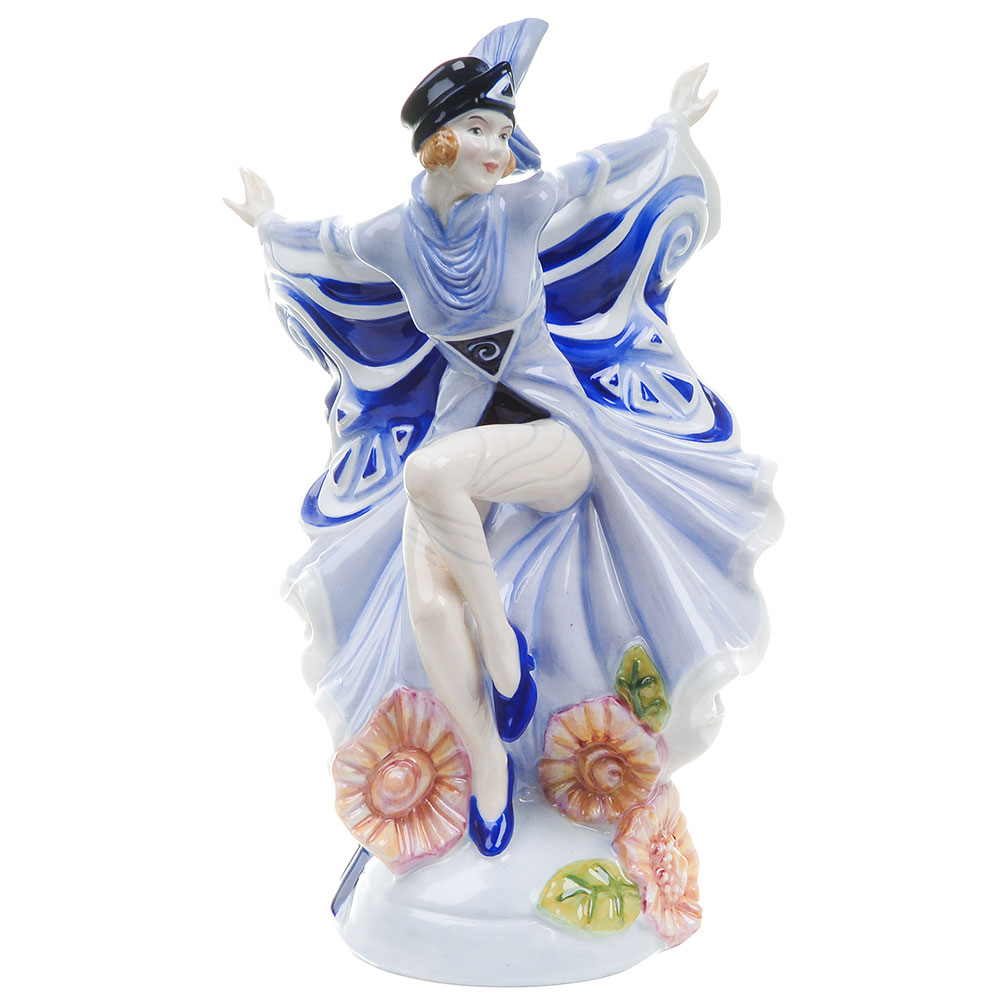
Royal Doulton Holly Blue
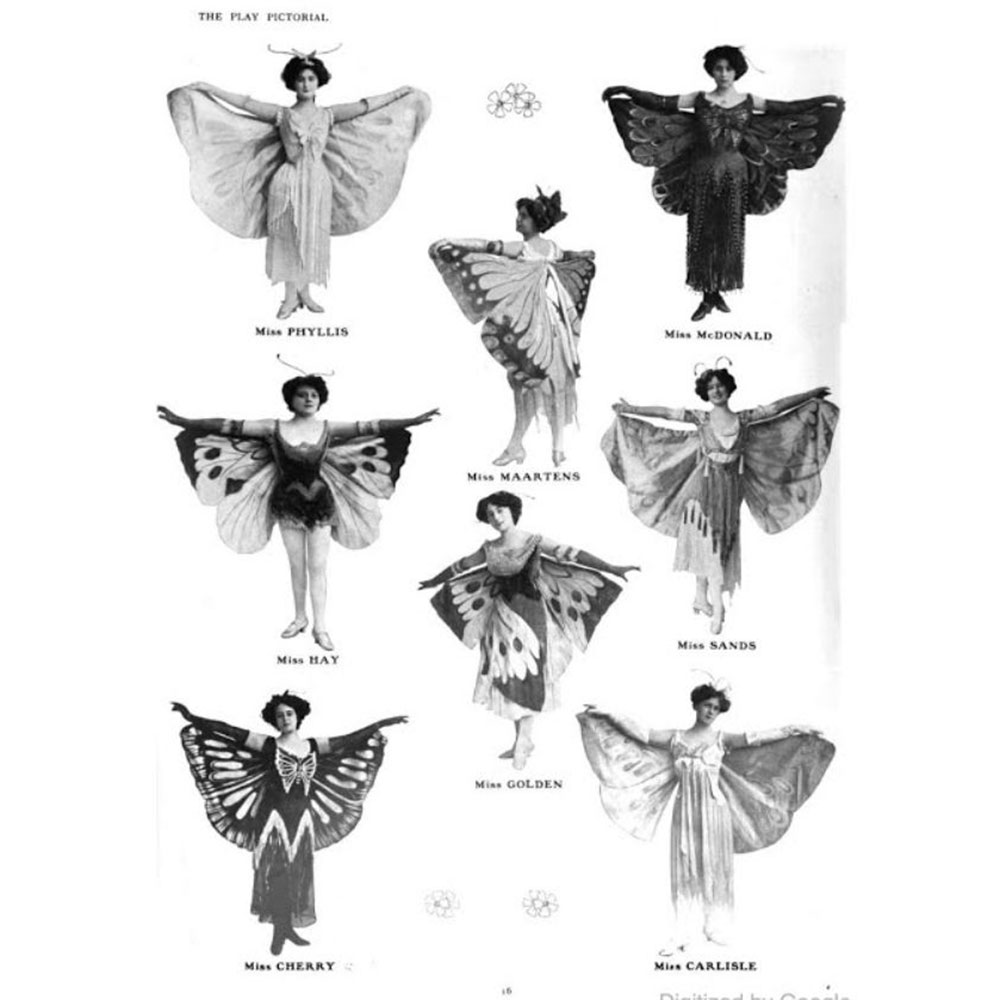
Wiener Museum Butterflies

Royal Doulton Butterfly
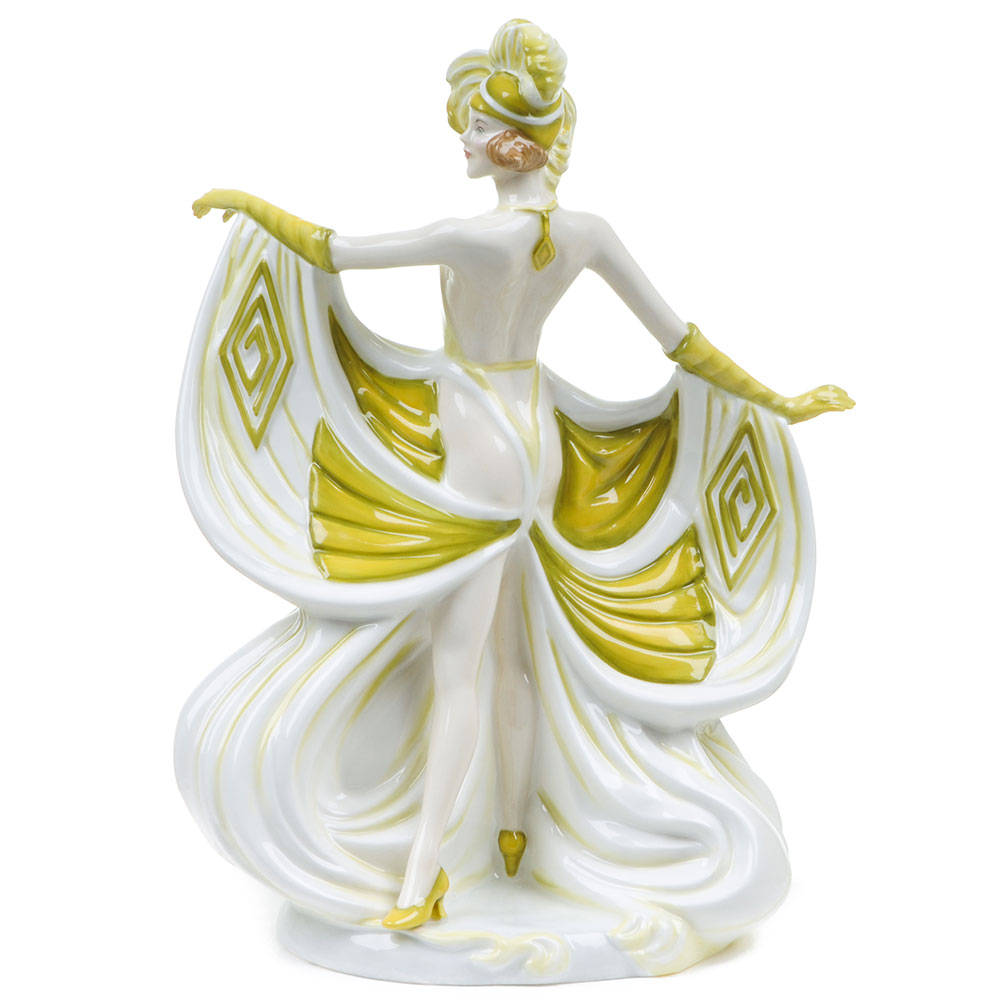
Royal Doulton Mimosa
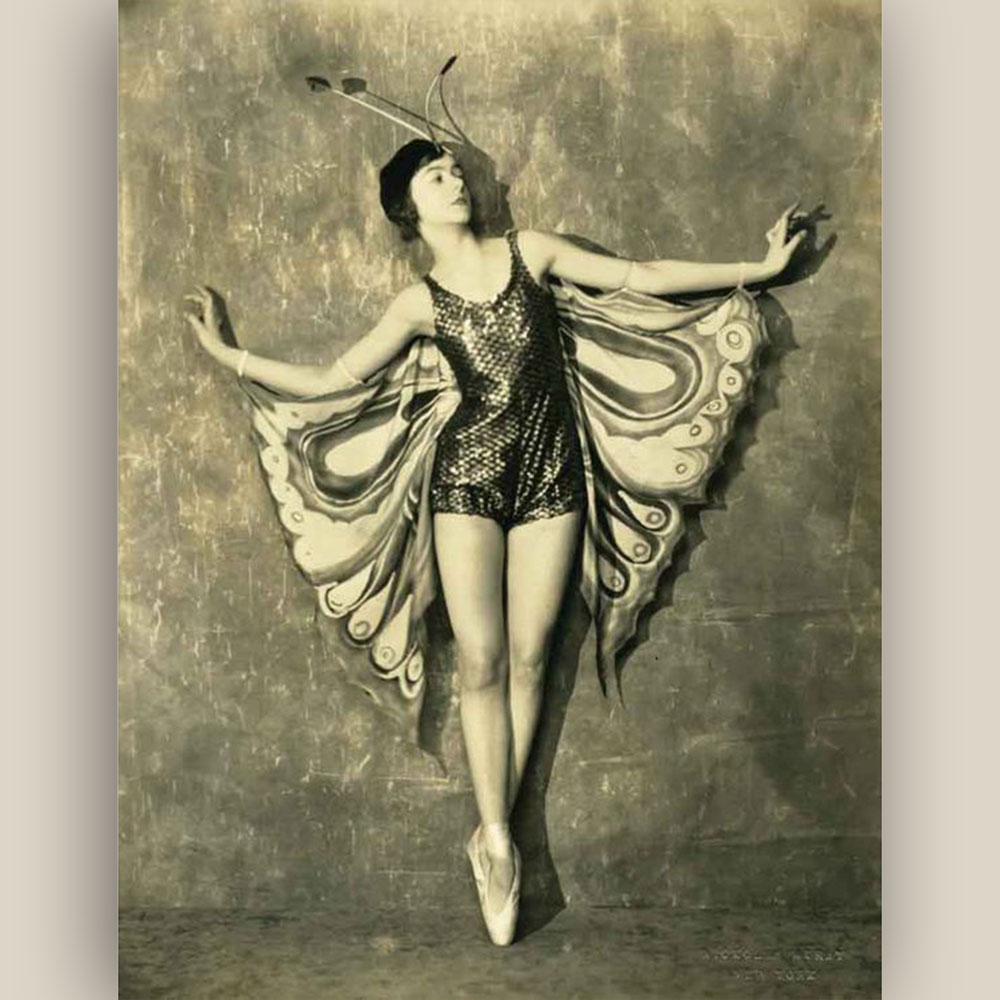
Helen Denison Butterfly
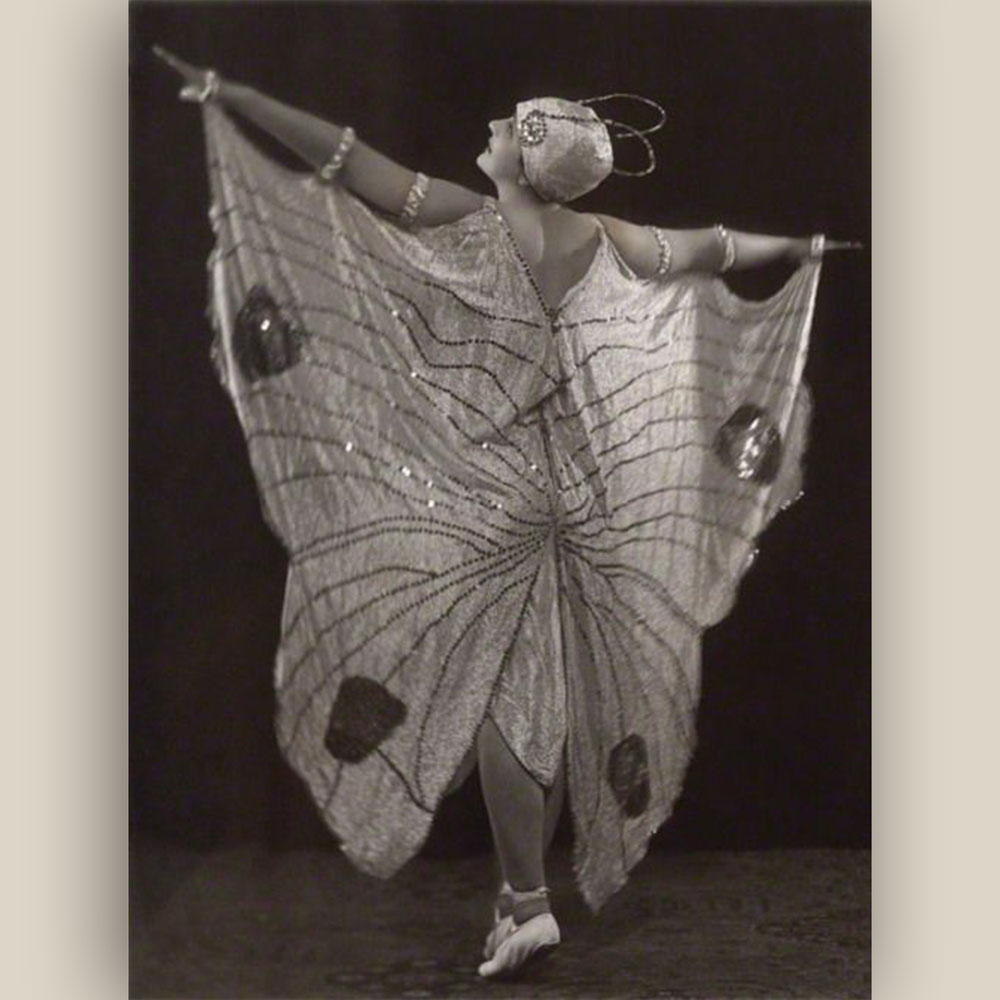
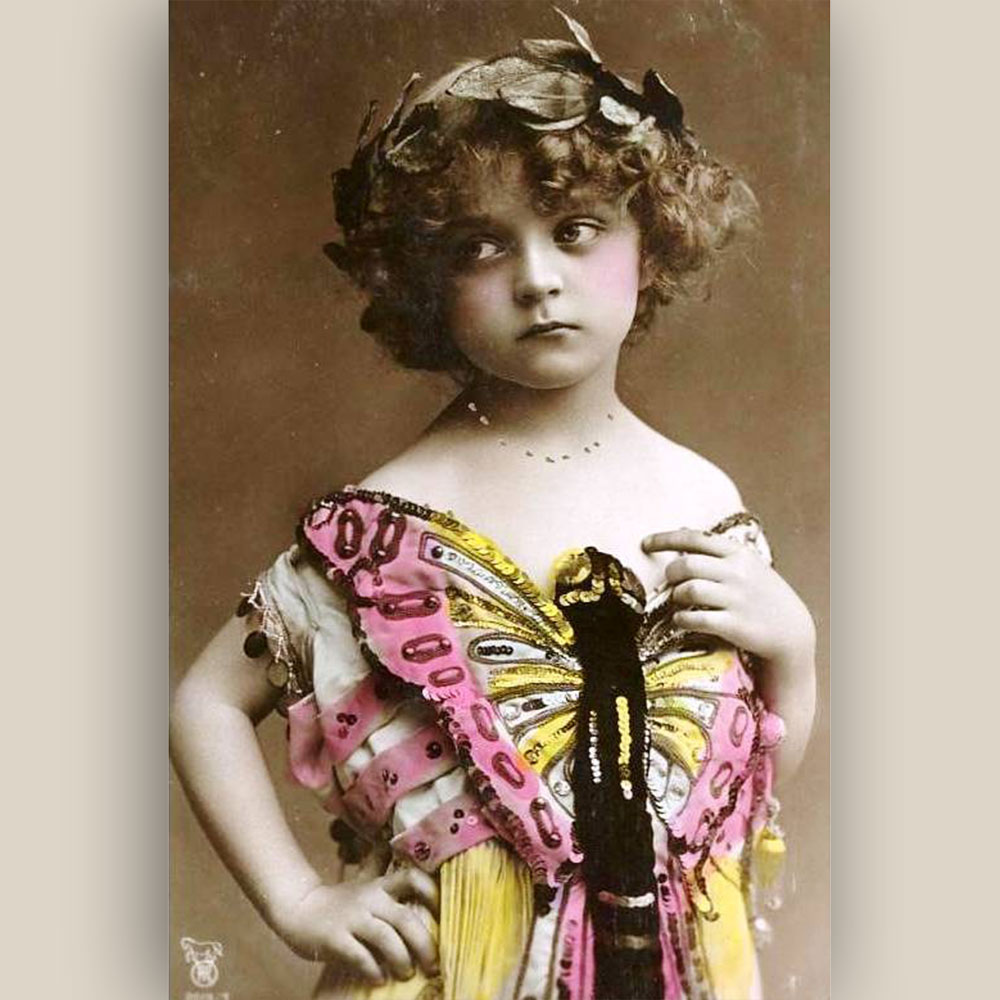
Wiener Museum Butterfly Wings

